3D Printing Resources
Hone your skills with our library of in-depth 3D printing guides, step-by-step tutorials, white papers, webinars, and more.
All Applications
3D Scanning and Reverse Engineering
Anatomical Models
Blow Molding
Clear Aligner Models
Composite Part Manufacturing
Custom Impression Trays
Dentures
Diagnostic Models
End-Use Parts
Hawley Retainers
Indirect Bonding Trays
Injection Molding
Investment Casting
Manufacturing Aids
Medical Devices
Metalworking
Models and Props
Orthotics and Prosthetics
Patterns for Casting and Pressing
Rapid Prototyping
Rapid Tooling
Restorative Models
Sheet Metal Forming
Silicone & Rubber Parts Production
Silicone & Rubber Parts Production
Splints and Occlusal Guards
Surgical Guides
Thermoforming
All Industries
Aerospace
Architecture
Art and Design
Audio
Automotive and Transportation
Dental Lab
Dental Practice
Dentistry
Education
Engineering
Entertainment
Jewelry
Manufacturing
Medical Device Manufacturing
Orthodontics
Point of Care
All Products
Form 2
Form 3
Form 3+
Form 3+
Form 3B
Form 3B+
Form 3B+
Form 3BL
Form 3L
Form 4
Form 4B
Form 4BL
Form 4L
Form Auto
Form Cure
Form Wash
Fuse 1
Fuse 1+
Fuse 1+
Fuse Blast
Fuse Sift
Software
All Materials
Alumina 4N Resin
BioMed Amber Resin
BioMed Black Resin
BioMed Clear Resin
BioMed Durable Resin
BioMed Elastic 50A Resin
BioMed Flex 80A Resin
BioMed White Resin
Black Resin
Castable Family
Castable Wax 40 Resin
Castable Wax Resin
Ceramic Resin
Clear Cast Resin
Clear Resin
Color Kit
Color Resin
Custom Tray Resin
Dental LT Clear Resin
Denture Base Resin
Denture Teeth Resin
Draft Resin
Durable Resin
ESD Resin
Elastic 50A Resin
Fast Model Resin
Flame Retardant Resin
Flexible & Elastic Family
Flexible 80A Resin
Grey Pro Resin
Grey Resin
Grey)
High Temp Resin
IBT Resin
Model Resin
Nylon 11 CF Powder
Nylon 11 Powder
Nylon 12 GF Powder
Nylon 12 Powder
Nylon 12 Tough Powder
Nylon 12 White Powder
Open Material Mode
Polypropylene Powder
Rebound Resin
Rigid 10K Resin
Rigid 4000 Resin
Rigid Family
Silicone 40A Resin
Specialty Resins
Standard Resins (Black
Surgical Guide Resin
TPU 90A Powder
Tough & Durable Family
Tough 1000 Resin
Tough 1500 Resin
Tough 2000 Resin
True Cast Resin
White
White Resin
All Resource Types
Case Studies
Guides
News
White Papers
Basics of 3D Printing

Blog
SLA vs. PolyJet (Material Jetting) 3D Printing: In-Depth Comparison
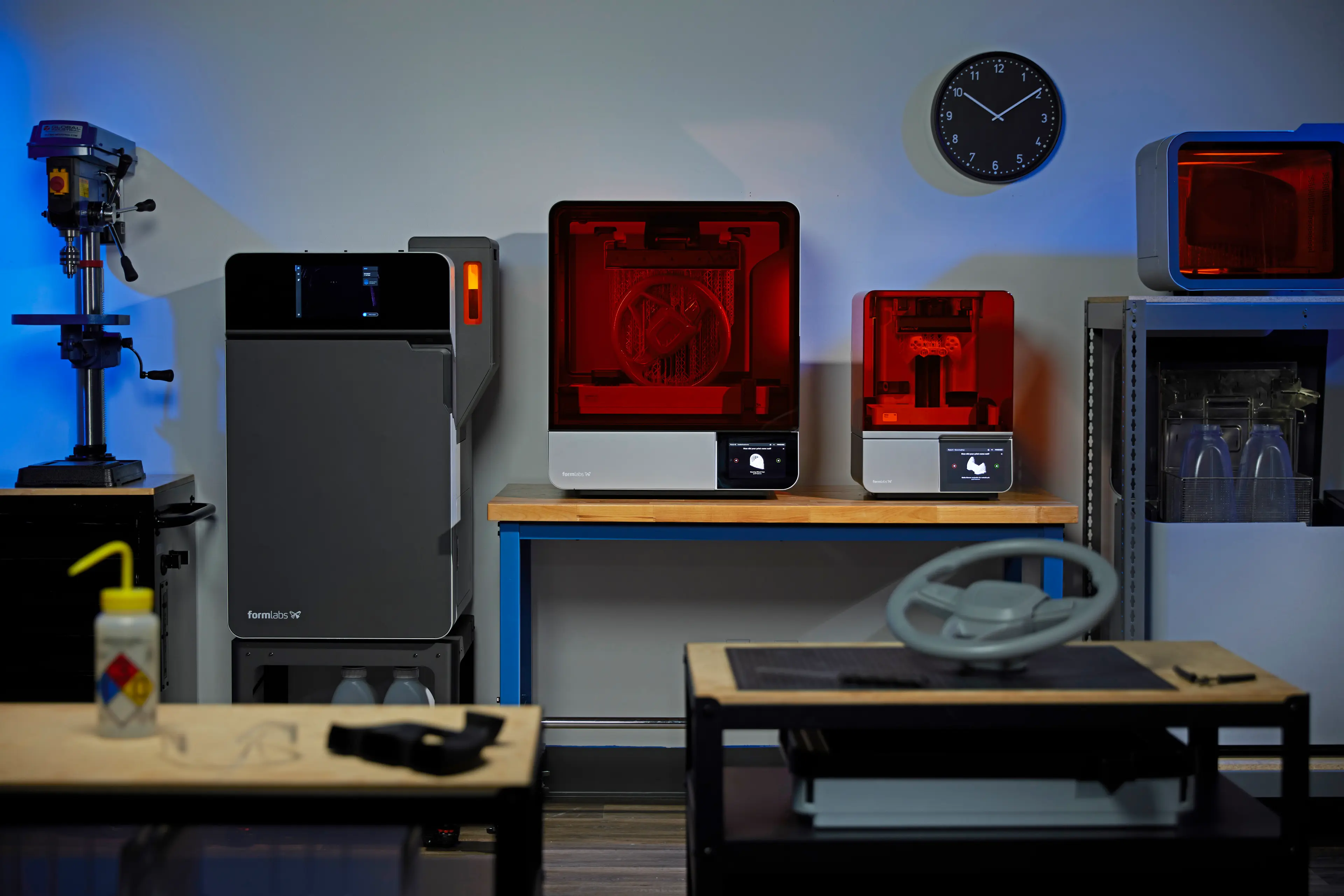
Blog
Building a Sustainable Future With 3D Printing
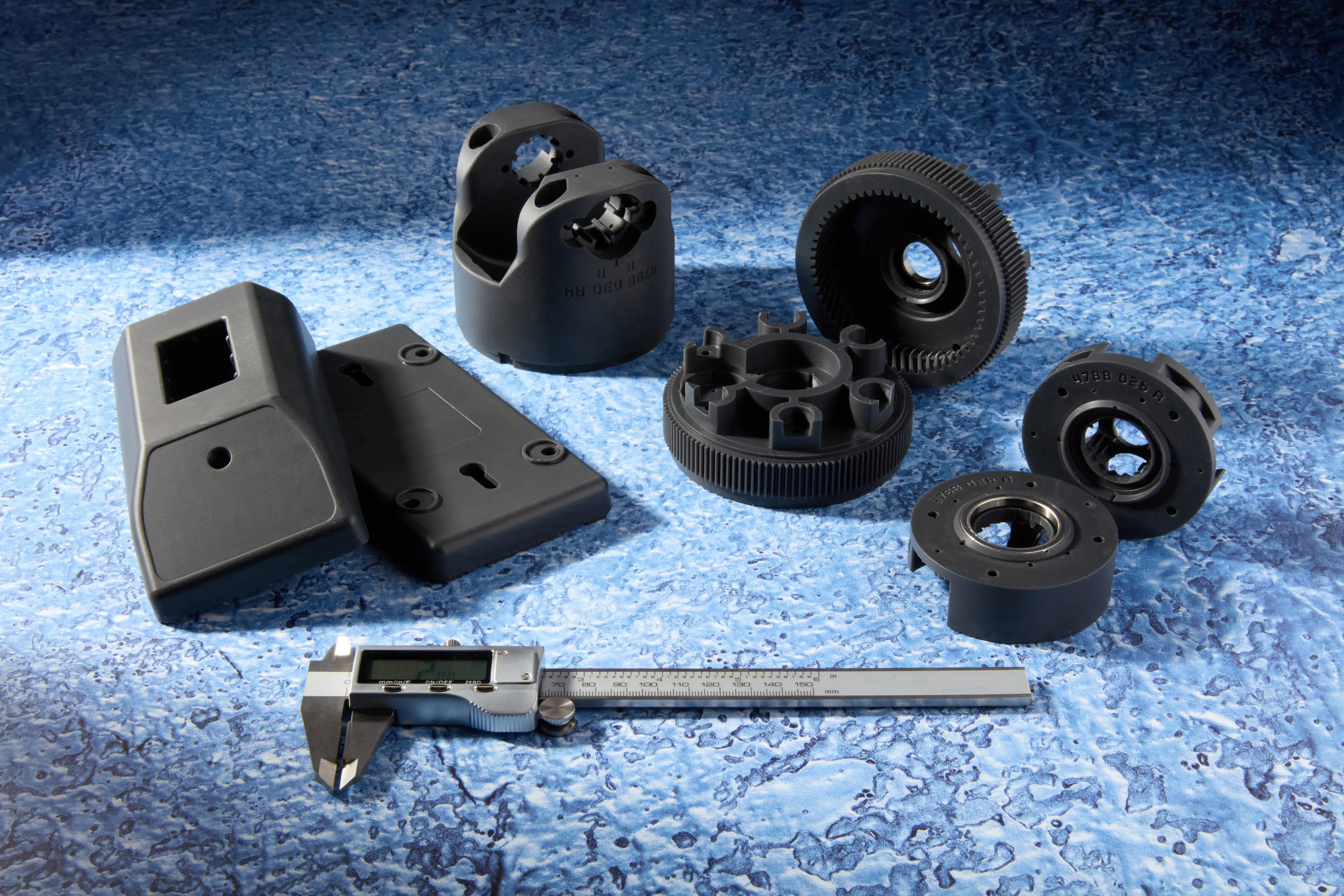
Blog
Methods for Measuring Toughness
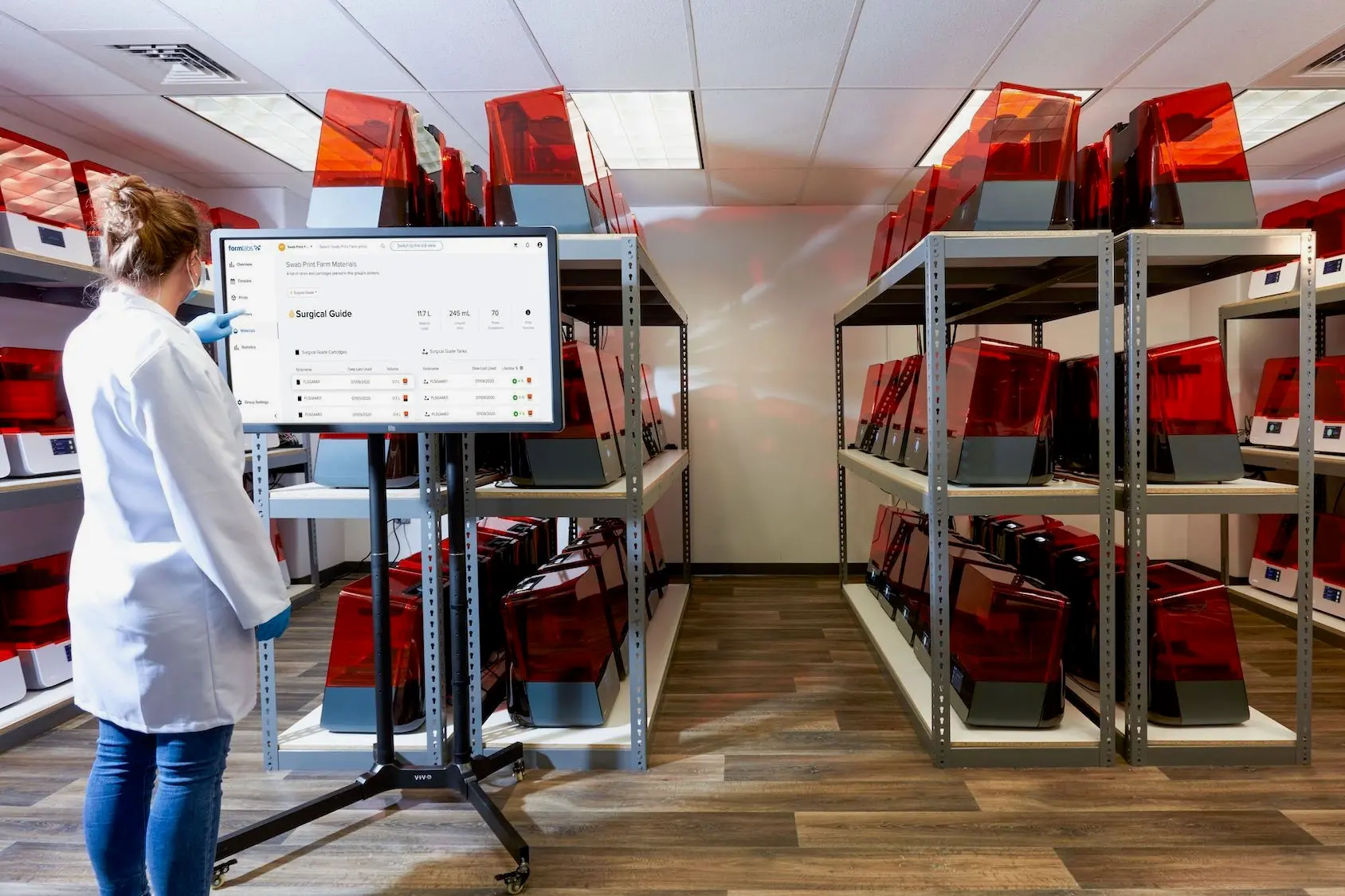
White Paper
Additive Manufacturing as a Production Technology

Blog
When to Choose SLA vs. FDM 3D Printing
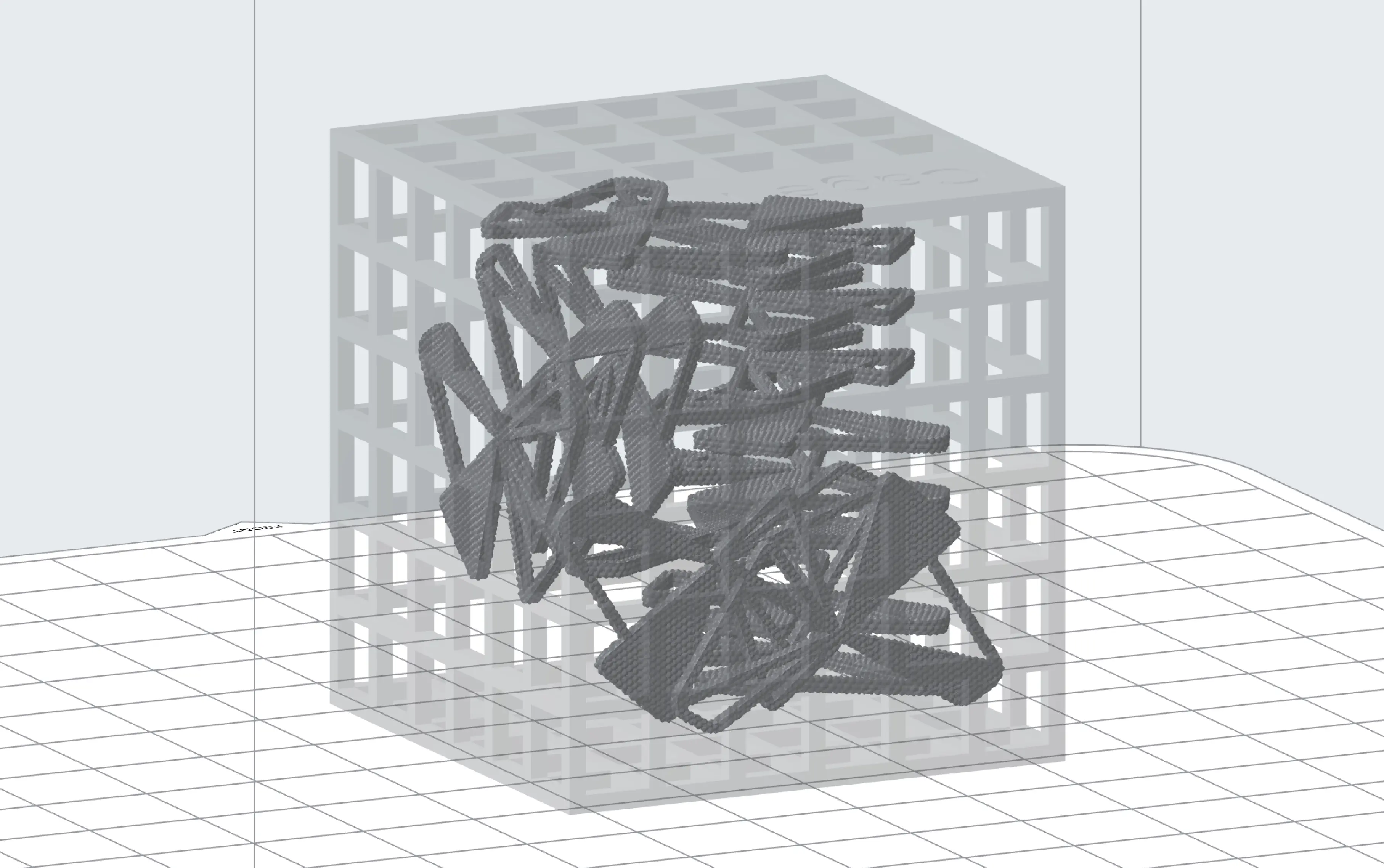
Blog
Customize Parts and Increase Efficiency With New PreForm Features & Shareable Print Settings

Blog
Advanced 3D Printing Techniques
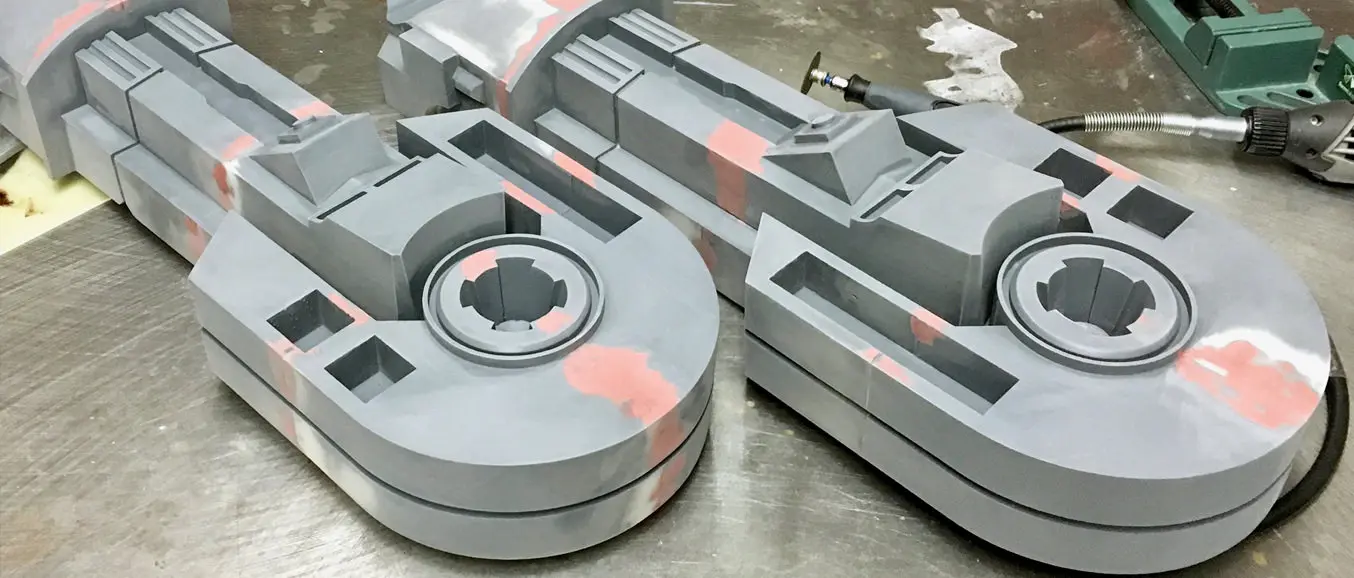
Blog
How to Create Models Larger than Your 3D Printer’s Build Volume
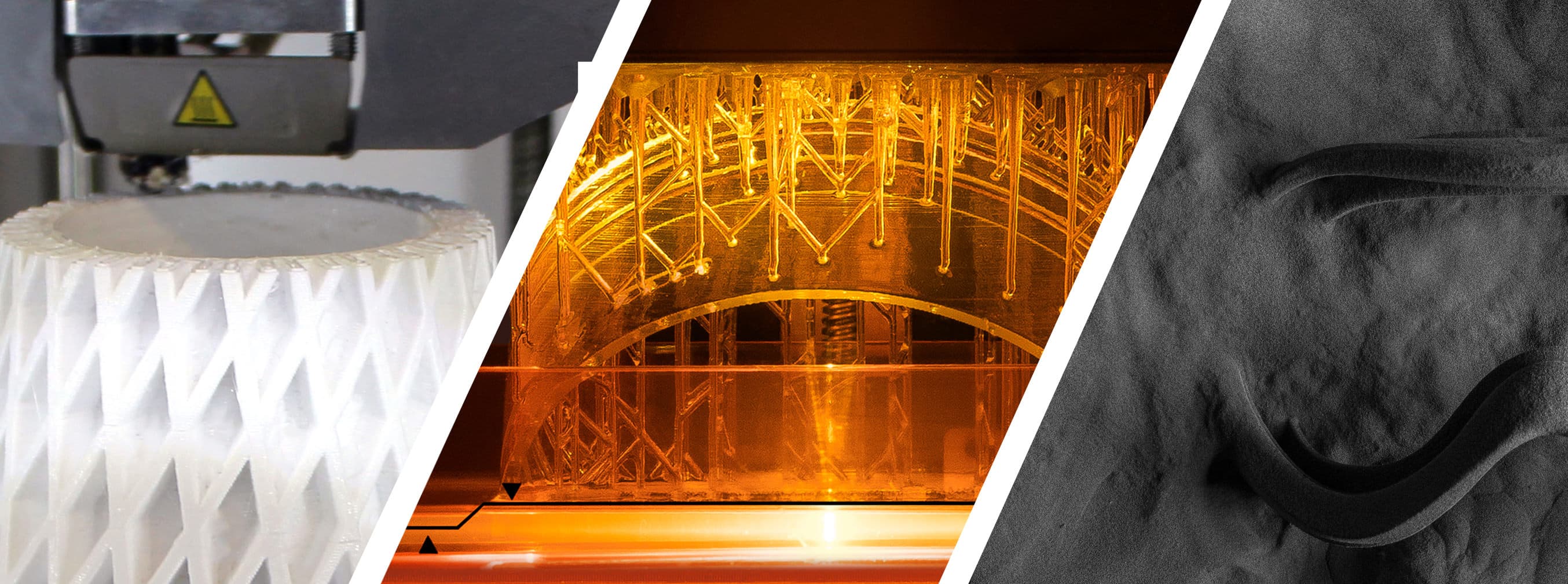
Blog
FDM vs. SLA vs. SLS: 3D Printing Technology Comparison

Blog
How to Hollow Out 3D Models With Meshmixer & PreForm to Save Material and Time
Stereolithography (SLA)

White Paper
Strength from Metal: Strategies and Use Cases for Electroplating SLA Parts
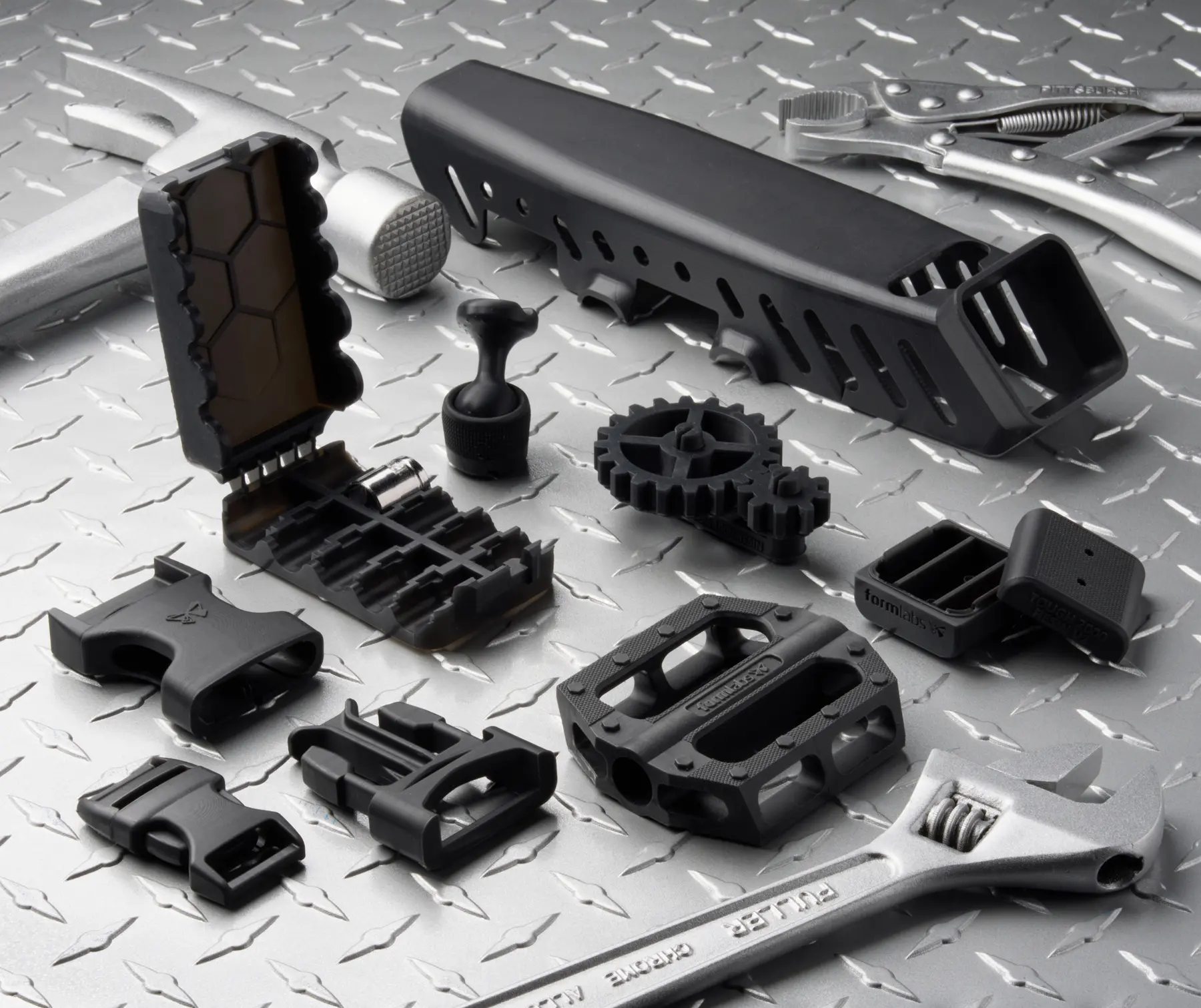
Blog
Formlabs’ Next-Generation Tough Resins Rival Thermoplastics
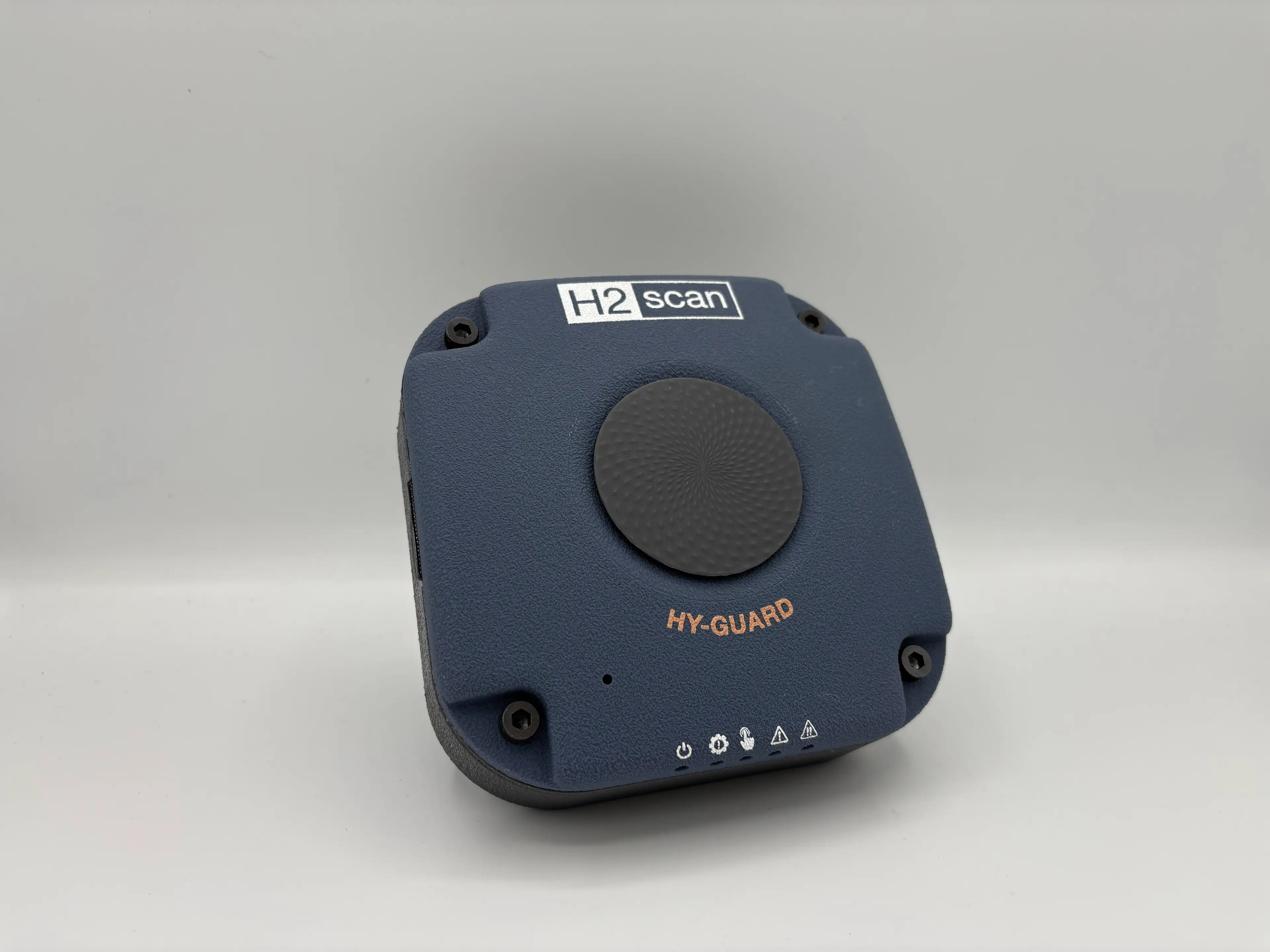
Blog
Quality Parts In-Hand in Hours: Form 4L at H2scan

White Paper
Form 4 Design Guide
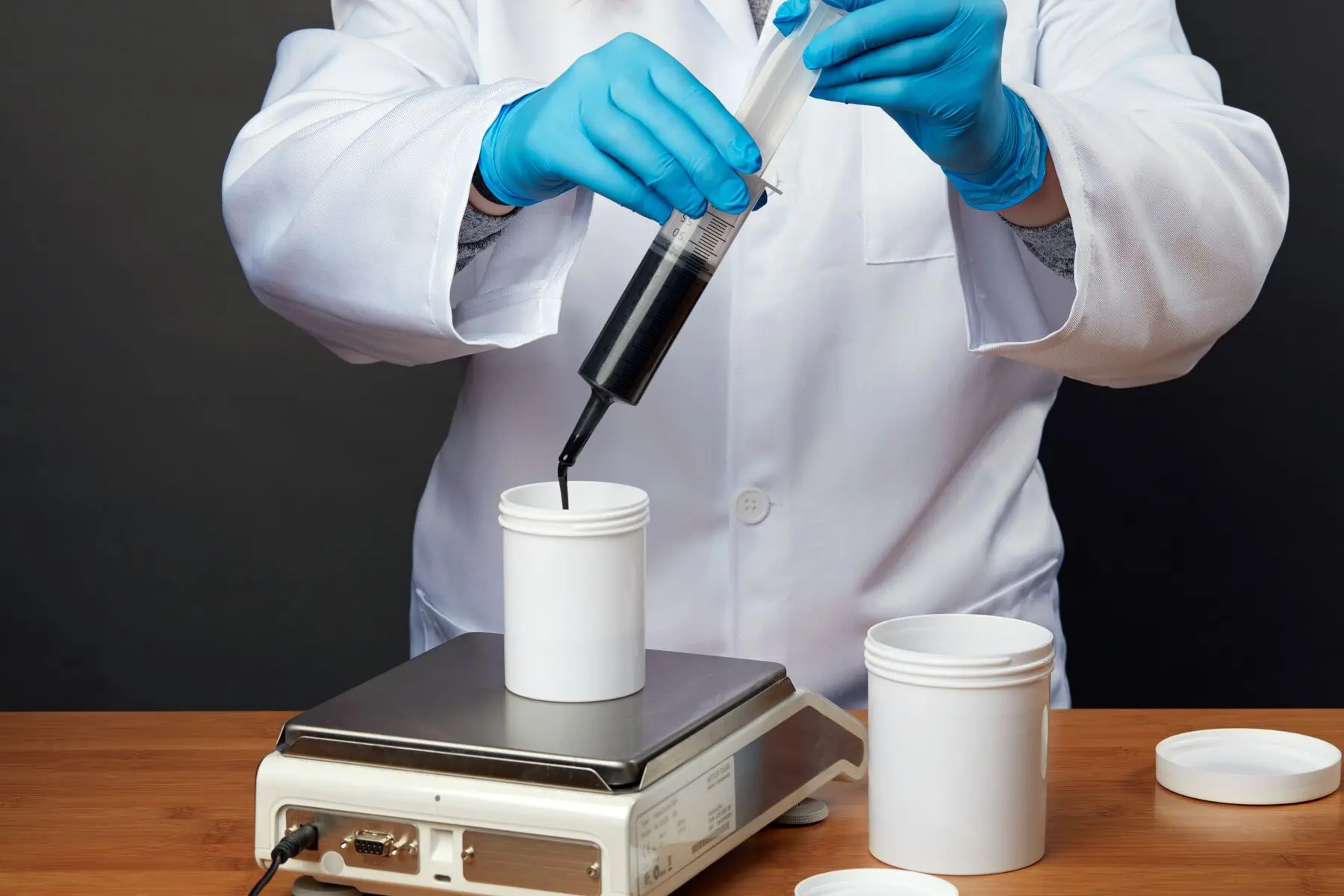
Blog
How Henkel, Poly-Med, and Fabulous Used OMM To Produce the Impossible

Blog
Zerømouse Blade: Producing the Ultimate Gaming Mouse on Form 4 Series 3D Printers

White Paper
Desktop Millifluidics With SLA 3D Printing
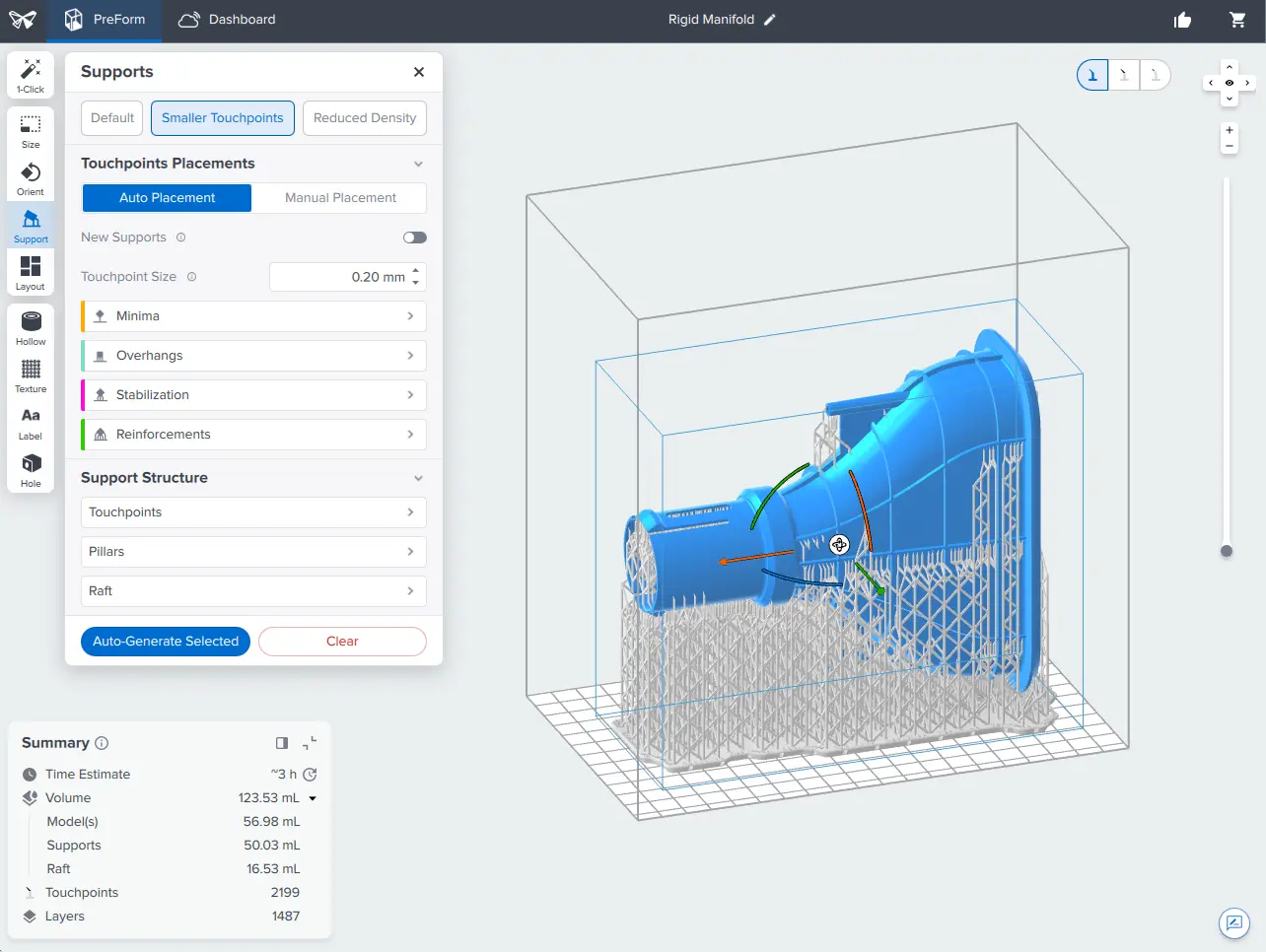
Blog
New Support Features for SLA 3D Printing With PreForm 3.51

Blog
Customizing Yachts With Form 4L and Tough 1500 Resin
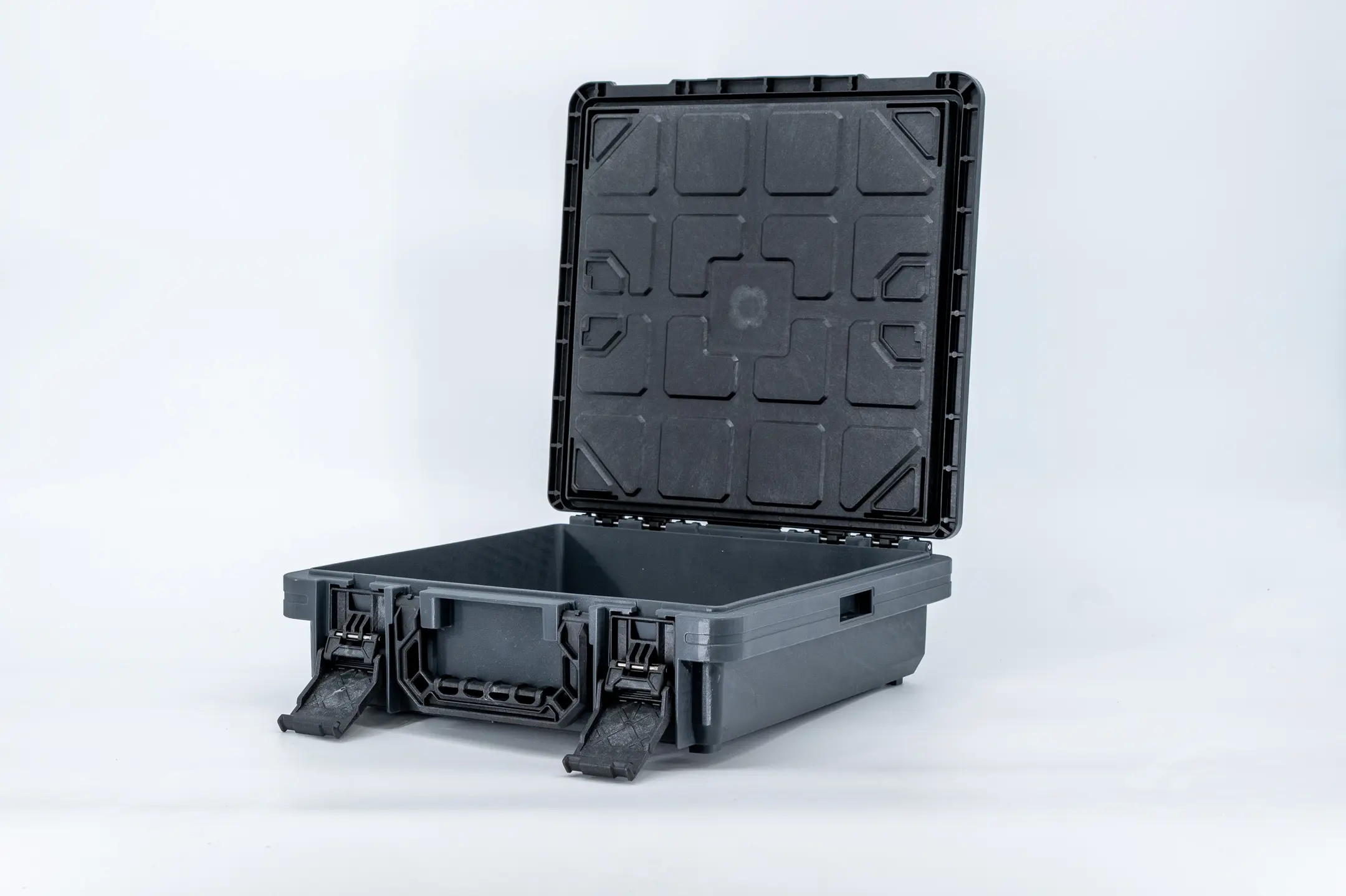
Blog
How 3D Printing Prototypes, Jigs, and Fixtures Enables UbeCube to Bring Manufacturing to the USA
Selective Laser Sintering (SLS)

White Paper
Accelerated Weathering Study of Formlabs SLS Powders
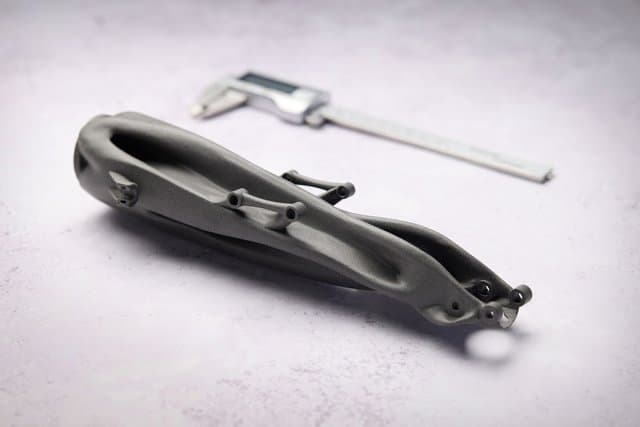
White Paper
Measuring SLS Dimensional Accuracy and Print Repeatability

Blog
How Henkel, Poly-Med, and Fabulous Used OMM To Produce the Impossible

White Paper
Fuse Series SLS Design Guide

White Paper
Safety With Formlabs SLS Products: Air Quality and Dust Hazard Analysis
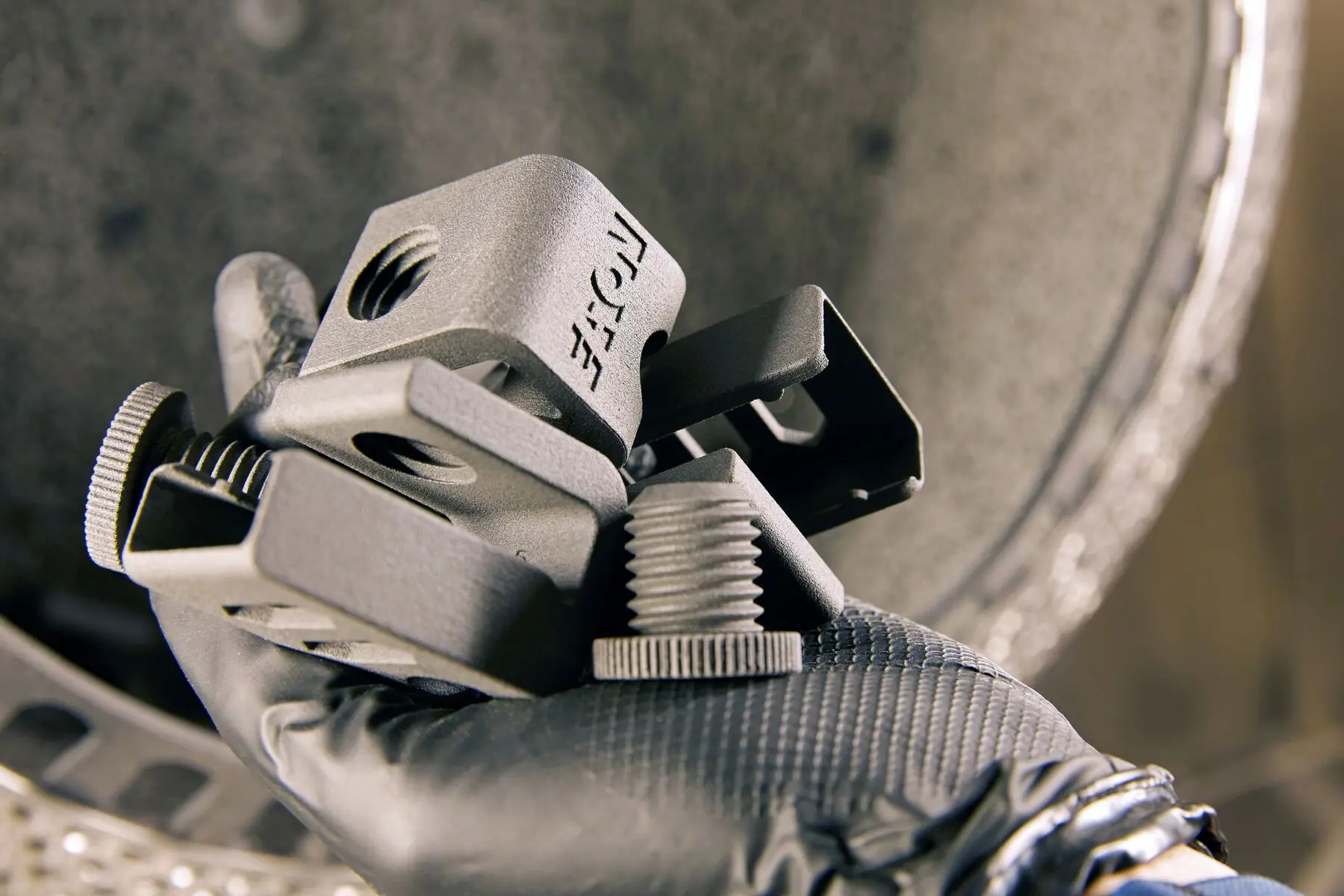
Blog
SLS 3D Printing Streamlines Single Piece Flow Manufacturing at Eaton

Blog
Vibratory Tumbling (Vibratory Finishing) for SLS 3D Printed Parts

White Paper
Calculating SLS Cost Per Part for the Fuse Series 3D Printers
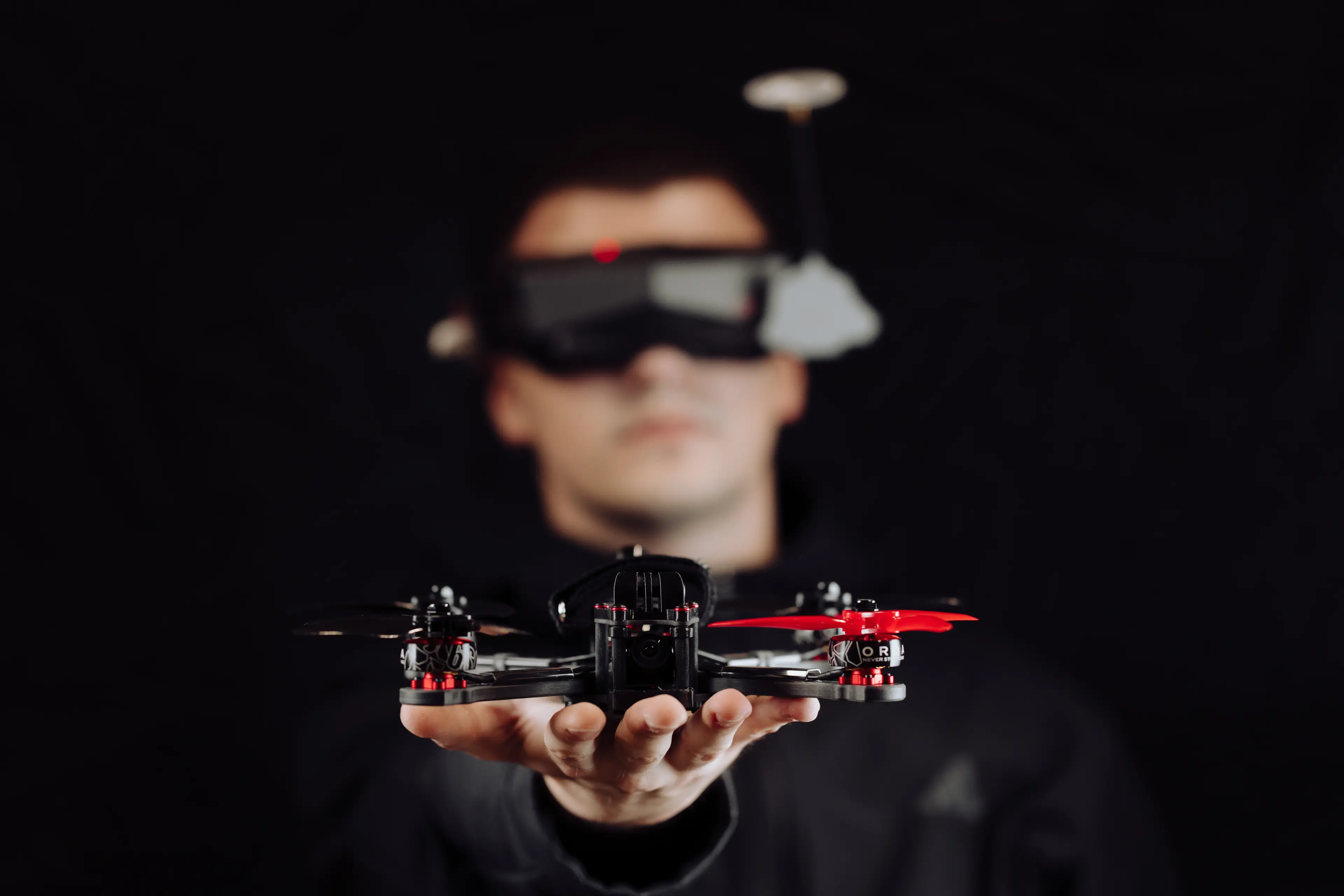
Blog
Drone Solutions With SLS 3D Printing at ORQA FPV
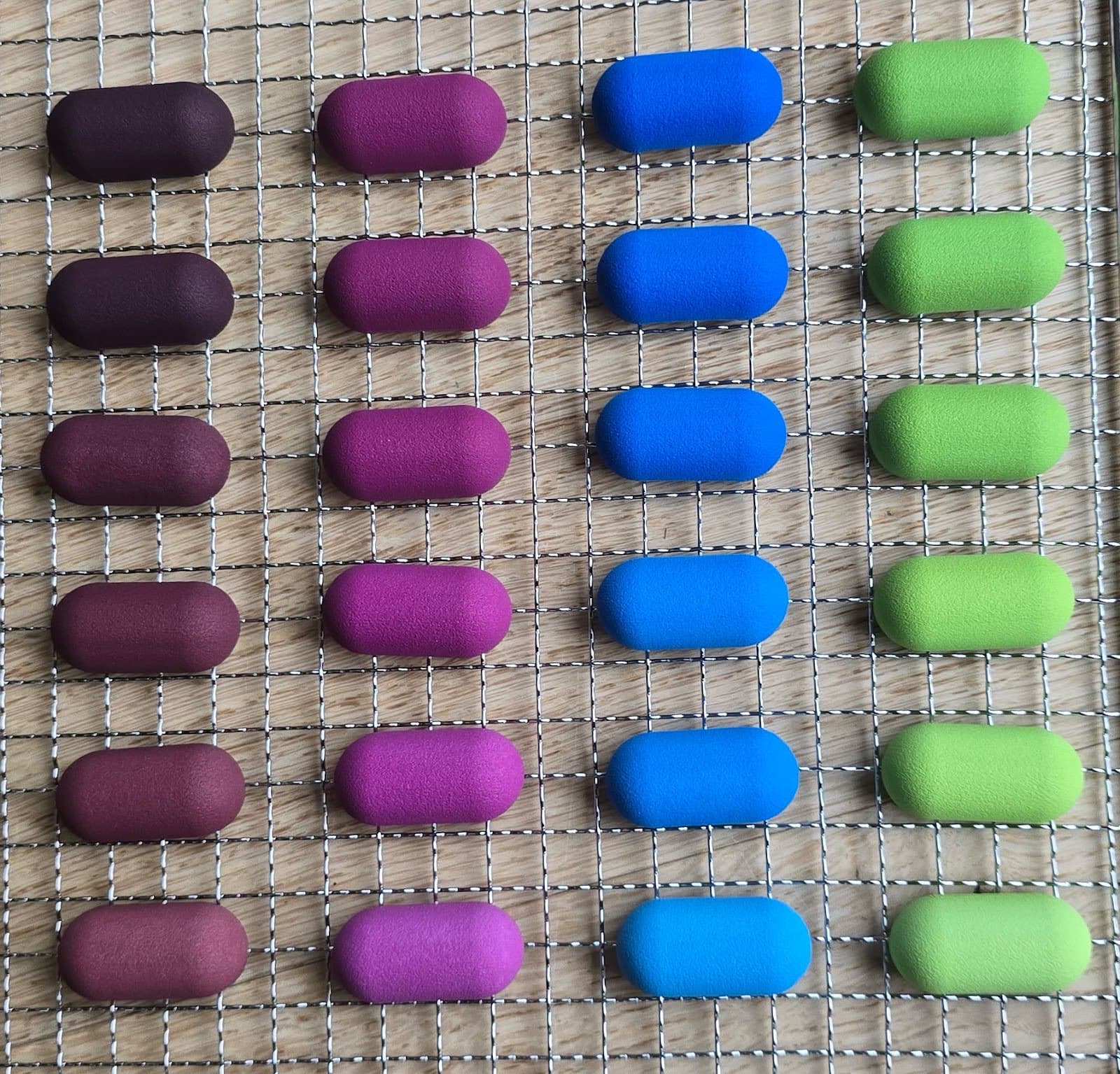
Blog
End-Use SLS Parts in Vibrant Colors: Dyeing Nylon 12 White Powder (With Ken Pillonel)
Design

White Paper
Fuse Series SLS Design Guide

Blog
How to Design and 3D Print Snap-Fit Joints for Enclosures, Boxes, Lids, and More

Blog
How to 3D Print Interlocking Parts and Assemblies

White Paper
Fuse Series: Technology and Workflow Overview

White Paper
Fuse Series SLS Design Guide

White Paper
Fuse Series SLS Design Guide

Blog
Advanced 3D Printing Techniques

Blog
Customize Parts and Increase Efficiency With New PreForm Features & Shareable Print Settings
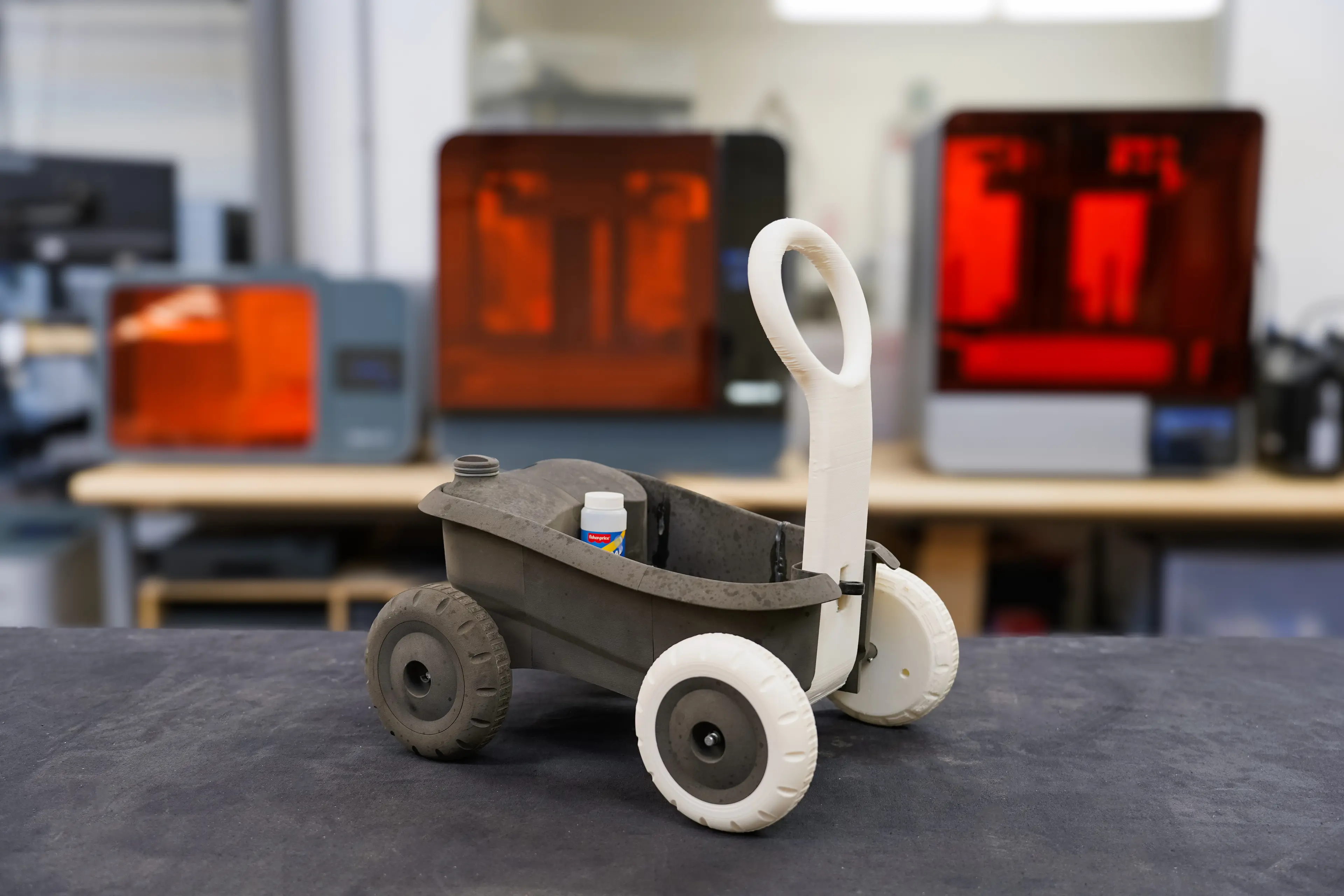
Blog
How Form 4L and the Fuse Series Support Innovation at Radio Flyer

Blog
How to Hollow Out 3D Models With Meshmixer & PreForm to Save Material and Time
Post-Processing

Blog
Vibratory Tumbling (Vibratory Finishing) for SLS 3D Printed Parts

White Paper
Enhancing the Surface Quality of SLS 3D Printed Parts With Vapor Smoothing: A Collaborative Study by Formlabs and AMT

Blog
Guide to Dyeing SLS 3D Printed Parts

Blog
Announcing the Non-Flammable, Next-Generation Formlabs Resin Washing Solution

Blog
Guide to Post-Processing and Finishing SLA 3D Prints

Blog
Heat-Resistant 3D Printing Materials Guide: Compare Processes, Materials, and Applications
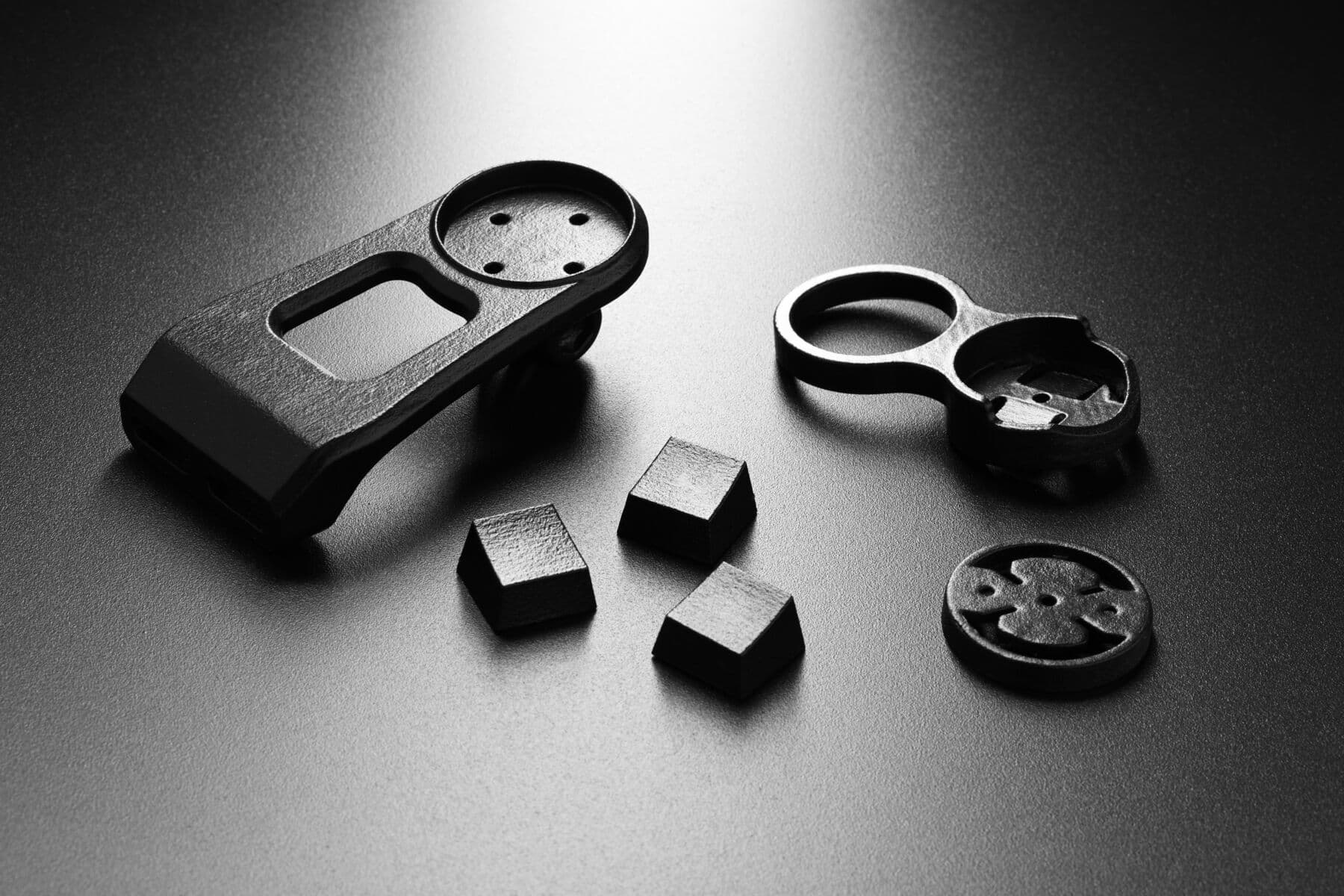
Blog
Guide to Vapor Smoothing for SLS 3D Printing

Blog
Guide to SLS Post-Processing Techniques: Media Blasting, Smoothing, Coating, Coloring, and More

Blog
Alternate Wash Solutions for SLA Parts
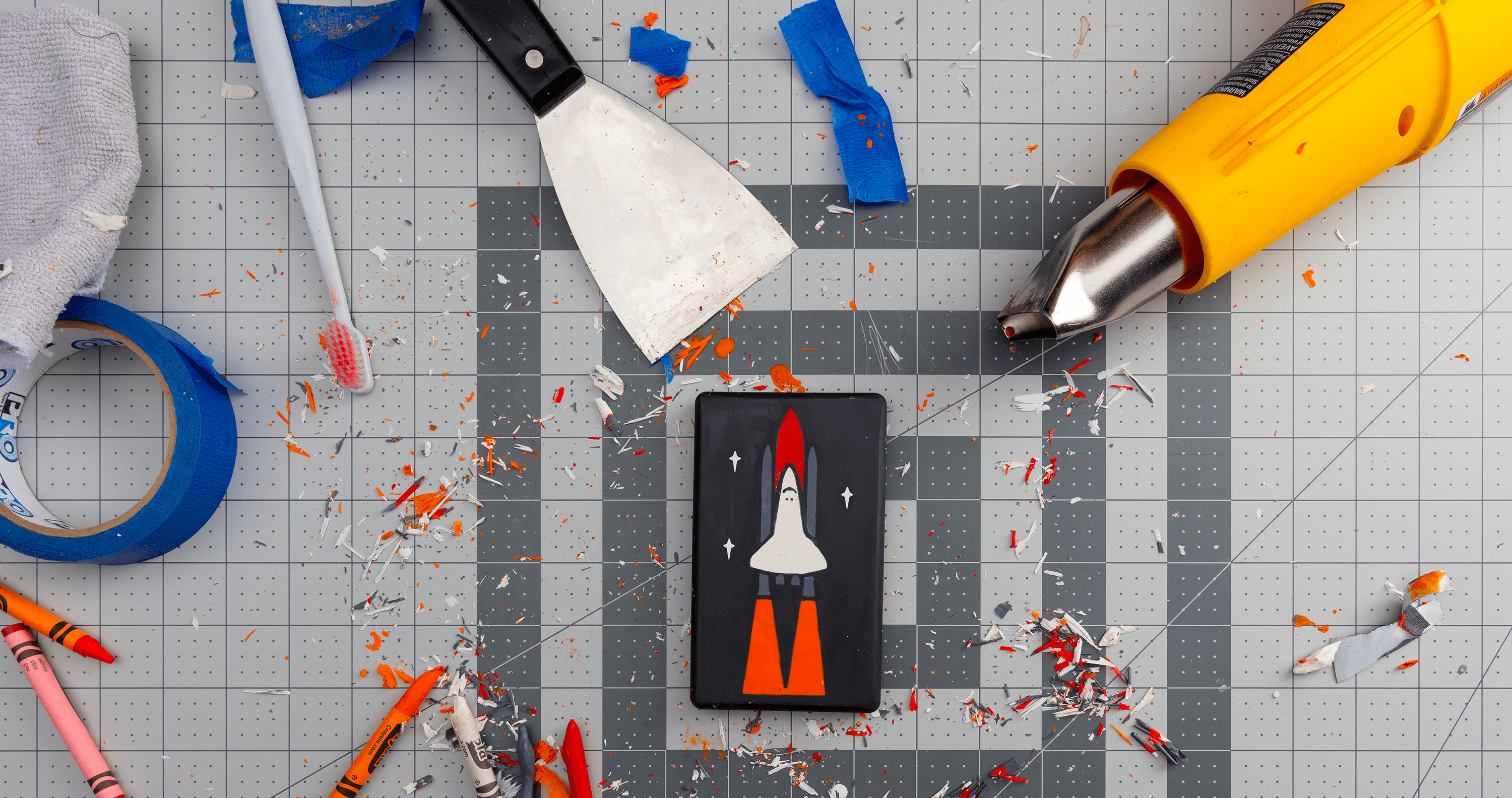
Blog
Color Your Looks-Like Prototypes and Models with Crayons
Start Scaling Your Prototyping and Production Today
Explore our 3D printers to find the right solution for your business or contact a Formlabs 3D printing expert for a 1-1 consultation.